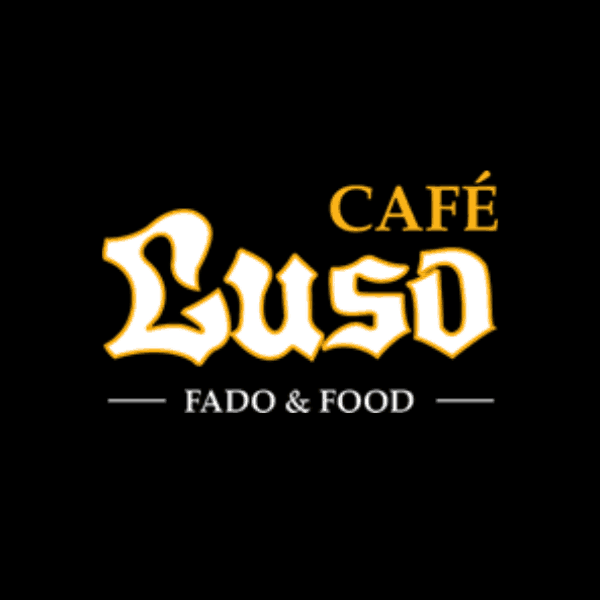About Us

Café Luso is a fado house with a restaurant. With its plant in the effervescent Bairro Alto, it is located in the old wineries and stables of Palácio Brito Freire, which resisted the earthquake of 1755.
The majestic marble columns confirm the foundations and denote the patina that gives it dignity.
From the arched structure of vaulted ceilings, in stone and brick, a unique acoustics result.
The Fado sessions begin at 8:00 p.m. and runs until 2:00 a.m. with intermissions, ideal for reestablishing the conversation and moving in space.
The performances of Fado take place in the noble area of the enclosure, to the center of the room; The curtains are closed, the light is low, it acts in an environment of proximity and recollection that involves musicians and clients.
Large room, with capacity for 160 seats, plus a stage where there are also tables. This position gives Customers a privileged perspective on the room.
Of the most dated decorative heritage is the ceramic panels of Mestre Ferreira da Silva (60’s) and, more recently, the paintings by Norberto Nunes.
In the genesis of the concept, Fado is served with food. For this reason, this house of fado, of 1927, integrates the service of restaurant.
The Luso Café space, parallel to the restaurant room, is elegant with bar service.
It has Fado decoration in close connection with historical images of Café Luso.
It is a pleasant place to welcome the customers of the restaurant and overlooks the street.
Since Fado is reserved for the mother house, the decorative environment obeys this theme.
It can be a gathering place that invites you to long conversations, reserving the option of later going to Café Luso for a night of fado.
Here also events, among them, wine tasting and snacks, launches, etc.
Fado in Café Luso, Tradition without Translation




















